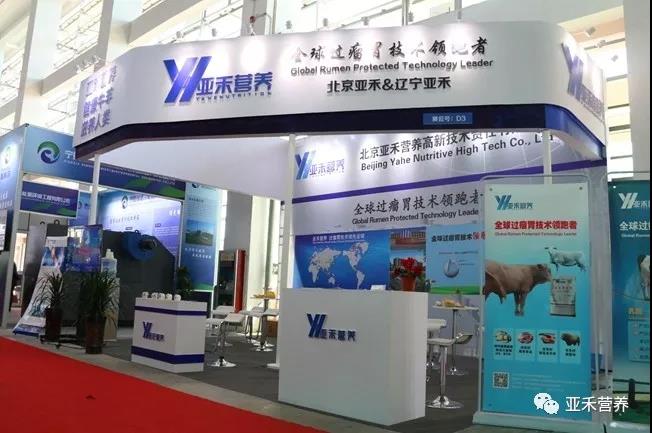In recent years, the Ministry of Agriculture has taken multiple measures to comprehensively address the issue of veterinary antibiotics, effectively curb the resistance of animal-derived bacteria, and achieve positive results. Resolutely eliminate the potential safety hazards. 4 kinds of humans and animals have been banned from sharing antibiotics for food and animals, and colistin sulfate premixes are prohibited for animals to promote growth; monitoring of 5 major bacteria against 16 species in animal farms such as pigs, poultry, and dairy cattle The drug resistance status of antibiotics has established a drug resistance database; the implementation of a linkage between inspection and fight, strict control of product quality, and the acceptance rate of veterinary antibiotic supervision and random inspection to maintain more than 96%.
At present, the Ministry of Agriculture is in-depth implementation of the "National Action Plan for Containing Antimicrobial Resistance from Animal Sources (2017-2020)", focusing on promoting "six actions": First, implementing "withdrawal actions" to promote the gradual withdrawal of growth-promoting antibiotics. Carry out a risk assessment on the approved use of antibiotics and pharmaceutical feed additives for humans and animals, and plan to complete the risk assessment by 2020, and eliminate potential safety hazards. The second is to implement "supervisory actions" to strengthen the quality supervision of veterinary antibiotics. All localities severely investigated and dealt with illegal acts of veterinary drugs, revoked veterinary drug production licenses and veterinary drug operation licenses of enterprises that violated laws and regulations, and resolutely destroyed the black dens of manufacturing and selling fake veterinary drugs. The third is to implement "monitoring actions" to strengthen the monitoring of drug resistance of animal-derived bacteria. Establish a national committee of experts on veterinary drug residue and drug resistance control to provide technical support for drug resistance monitoring. Adjust and improve the annual monitoring plan for animal-derived bacterial resistance, and speed up the establishment of a monitoring network for animal-derived bacterial resistance. The fourth is to implement "monitoring actions" to strengthen the monitoring of veterinary antibiotic residues. Organize the implementation of the “Monitoring Plan for Veterinary Drug Residues of Livestock, Poultry and Livestock Products”, covering pork, eggs, milk and other major livestock and poultry, and detecting 14 types of 70 types of drug residues, including 9 types of 55 types of antibiotics. Fifth, implement "demonstration actions" and carry out demonstration creation of reduction in the use of veterinary antibiotics. Focus on leading farming enterprises and major farming counties, carry out demonstration demonstrations on the reduction of veterinary antibiotic use, and promote the use of safe, efficient, low-residue and other veterinary antibiotic alternative products. Sixth, implement the "publicity and education action" to strengthen the training of employees and public education. Organize and carry out a series of publicity campaigns on the safe use of veterinary drugs for "rest assured that veterinary drugs enter the village and scientific knowledge enters the household". The "Scientific Use of Veterinary Antibiotics" relay public welfare action will be launched, which will cover 100 counties, 1,000 breeding enterprises and 10,000 farmers within a year.
In the next step, the Ministry of Agriculture will further strengthen various measures for veterinary drug management; improve the national veterinary drug information and data platform, promote the construction of a veterinary drug two-dimensional code traceability system, strengthen the traceability supervision of veterinary drug production, operation, and use; continue to carry out veterinary antibiotic reduction Demonstration creation, expansion of scope, increase of alternative veterinary drug products; in-depth implementation of special rectification of veterinary antibiotics, pay close attention to veterinary drug residue monitoring and bacterial resistance monitoring, increase risk assessment, and effectively improve the level of safe drug use.

.jpg)
.jpeg)


